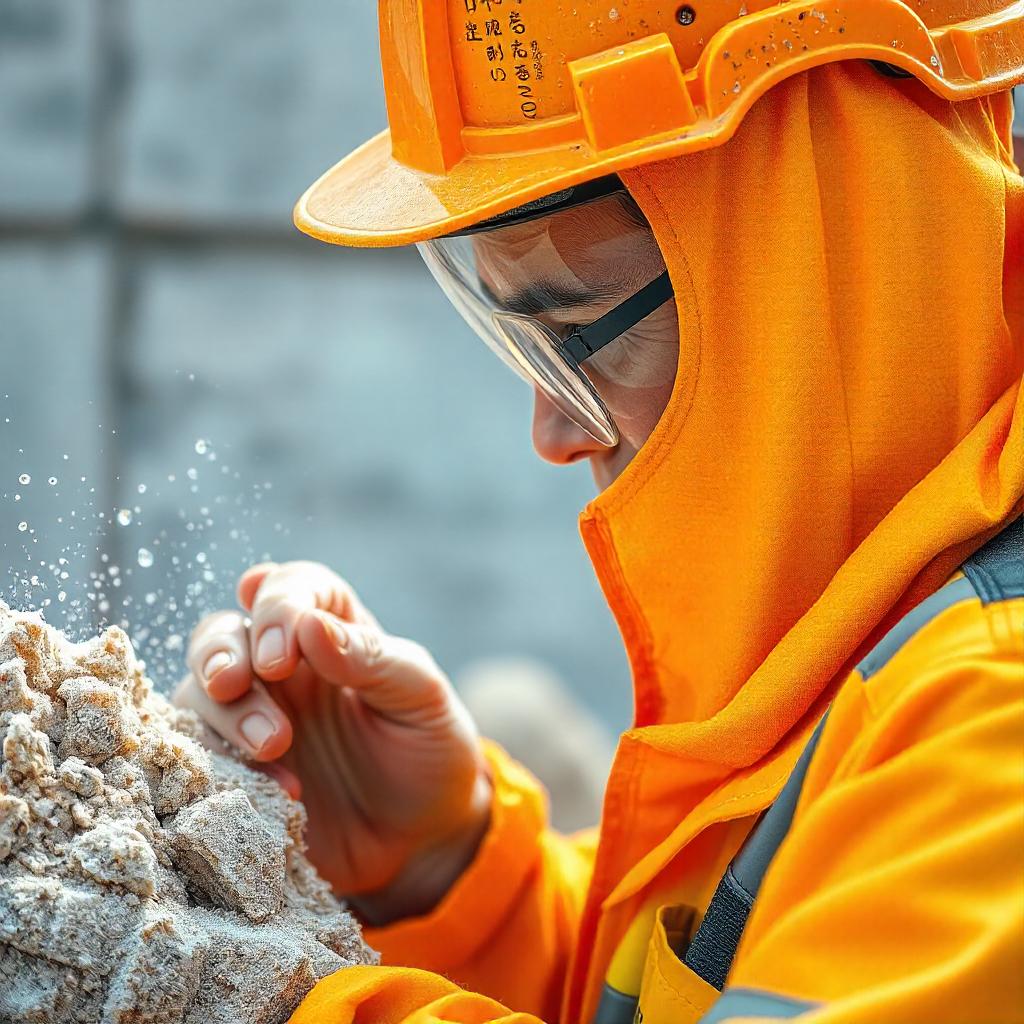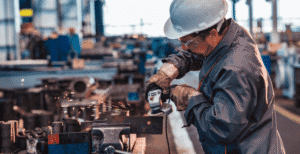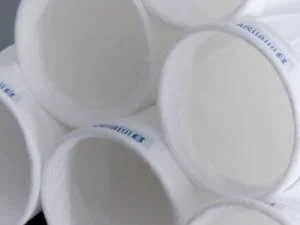Crystalline Silica
Crystalline silica is a naturally occurring mineral. It is found in many materials like sand, stone, concrete, and mortar. The most common form of crystalline silica is quartz. Crystalline silica has a simple chemical composition, made up of silicon and oxygen. These elements bond together to form a strong and hard structure. Crystalline silica is everywhere. It exists in both natural environments and industries. People often encounter it without realizing it.
Here are some common materials that contain crystalline silica:
- Sand
- Granite
- Concrete
- Mortar
- Clay
- Stone
Many industries use crystalline silica. Construction, mining, and manufacturing are just a few examples. Workers in these fields may be exposed to it during their tasks. Understanding crystalline silica is important for safety and health.
Industrial Applications of Crystalline Silica
Crystalline silica plays a crucial role in numerous industrial applications due to its unique properties. Many industries rely on crystalline silica for its strength and durability.
- In glassmaking, crystalline silica is essential. It acts as the main ingredient in glass. The silica helps to create clear and strong glass products. This includes windows, bottles, and dishes. Without crystalline silica, making glass would be difficult.
- In construction, crystalline silica is very important. Workers use it in materials like concrete and mortar. Concrete needs silica to gain strength. Mortar uses silica to bond bricks and stones together. This makes buildings strong and stable.
- In ceramics, crystalline silica is also used. It helps in making items like dishes, tiles, and pottery. The silica gives ceramics their hardness and strength. It also helps to create smooth surfaces. This makes ceramics more appealing and long-lasting.
- In foundries, crystalline silica plays a key role. Workers use it in molds for metal casting. The silica helps to create shapes that are strong and precise. This ensures that metal products have the right form and quality.
- In the production of engineered stone products, crystalline silica is a major component. It is mixed with resins to create countertops and surfaces. This makes them strong and shiny. The use of silica in these products adds to their appeal.
Crystalline silica is significant in these industries. It contributes to modern manufacturing and construction processes. Its unique properties make it a valuable material in many applications.
Health Risks Associated with Crystalline Silica Exposure
Health risks associated with crystalline silica exposure are serious. When people breathe in tiny silica dust particles, they can get very sick. This dust can come from places like construction sites or mines. The following health problems are linked to breathing in silica dust.
Silicosis
Silicosis is a lung disease caused by inhaling silica dust.
- Symptoms include:
- Coughing
- Shortness of breath
- Chest pain
- Long-term effects:
- Lung damage
- Increased risk of lung infections
Lung Cancer
Exposure to crystalline silica can increase the risk of lung cancer.
- Symptoms include:
- Persistent cough
- Weight loss
- Fatigue
- Long-term effects:
- Serious health complications
- Possible death
Chronic Obstructive Pulmonary Disease (COPD)
Silica dust can contribute to COPD, which makes breathing hard.
- Symptoms include:
- Difficulty breathing
- Wheezing
- Frequent respiratory infections
- Long-term effects:
- Reduced quality of life
- Increased hospital visits
Kidney Disease
Exposure to silica can also harm the kidneys.
- Symptoms include:
- Swelling in body parts
- Fatigue
- Changes in urination
- Long-term effects:
- Kidney failure
- Need for dialysis
It is important for people who work in high-risk areas to take safety measures to protect their health.
Occupational Exposure and Safety Measures
Occupational exposure to crystalline silica dust is a serious concern for workers in specific jobs. Jobs in construction, mining, and manufacturing have a higher risk of this exposure. Many workers in these fields may not know how dangerous crystalline silica can be. It is important for them to understand the risks and the safety measures to take.
Regulatory standards help keep workers safe. The Occupational Safety and Health Administration (OSHA) sets guidelines that employers must follow. These guidelines include limits on how much crystalline silica dust workers can be exposed to in a day. Employers must also provide training on the dangers of silica dust and how to work safely.
To protect workers’ health, effective safety measures include:
- Engineering Controls: This means using tools and equipment that reduce dust. For example, water can keep dust from becoming airborne. Ventilation systems can also help clear dust from the air.
- Personal Protective Equipment (PPE): Workers should wear masks or respirators that filter out silica dust. They should also wear protective clothing to prevent dust from sticking to their skin.
- Regular Health Monitoring: Regular check-ups can help catch health problems early. This includes lung tests to see if silica dust is affecting breathing.
By following these safety measures, workers can better protect themselves from the dangers of crystalline silica dust.
Recent Developments and Regulatory Changes
Recent developments show important regulatory changes about materials with high levels of crystalline silica. Australia announced a ban on importing engineered stone products. This ban starts on January 1, 2025. The country made this decision because of health worries linked to silica dust.
In 2020, workers in construction and stone industries raised alarms about silica dust. They noted that breathing in this dust can lead to serious health problems. As a result, Australia began reviewing its regulations. By 2021, the government started planning stricter rules.
In 2022, discussions continued about the dangers of crystalline silica. Health experts and workers pushed for action. They wanted to protect people from harmful exposure. By early 2023, Australia confirmed the ban on engineered stone. Other countries started to pay attention. They looked at their own rules, considering similar changes.
The implications for industries and workers are significant. Workers in construction and stone industries must adapt to new rules. Companies may need to find safer products. Globally, the movement towards stricter regulations is gaining speed. Countries are working to protect public health from the dangers of silica dust.
Case Studies: Impact of Silica Exposure
Real-life case studies highlight the severe impact of silica exposure on workers’ health. These stories show how dangerous silica can be when safety measures are not followed. They also make the issue more relatable and personal.
One case study is about a 48-year-old father. He worked for many years cutting quartz worktops. He developed silicosis, a serious lung disease, because he did not have proper safety equipment. This case shows how important safety measures are in the workplace.
- The father worked in a dusty environment.
- He did not use a mask or respirator.
- He faced severe health problems later in life.
- His family had to deal with the effects of his illness.
Another case study involves a group of construction workers. They worked with concrete and stone, which contain silica. Many of them did not know the risks involved. Over time, several workers developed lung diseases.
- The workers had little training about silica exposure.
- They worked long hours without breaks.
- They did not use protective gear.
- Some workers had to stop working due to health issues.
These case studies show the real dangers of silica exposure. They remind everyone of the need for proper safety measures and training at work.
Best Practices for Employers and Workers
Best practices for employers and workers help reduce the risks of crystalline silica exposure. Employers and workers can follow these steps to create a safer workplace.
- Conduct risk assessments. Employers should regularly evaluate the workplace to identify sources of silica dust. Workers can report any concerns about dust levels.
- Implement dust control measures. Employers must use methods like water spraying or vacuum systems to reduce dust. Workers should follow these measures to keep the area clean.
- Provide training on silica hazards. Employers need to educate workers about the dangers of silica dust. Workers should attend all training sessions to learn how to protect themselves.
- Ensure the use of appropriate PPE. Employers must provide personal protective equipment, like masks and goggles. Workers should always wear this gear when working with silica materials.
Organizations like Intensiv Filter Himenviro offer advanced filtration solutions. These solutions help improve air quality and protect workers from harmful dust. Using these systems can make a big difference in workplace safety.
Conclusion
Crystalline silica is a type of mineral found in many materials. Understanding crystalline silica is very important. It can cause serious health problems when people breathe it in. Workers in industries like construction and mining are at risk of exposure. It is vital to recognize these health risks and take safety measures to protect everyone. Companies like Intensiv Filter Himenviro provide advanced filtration solutions. These solutions help reduce the amount of crystalline silica in the air, making work safer.
Employers and workers should stay informed about the dangers of crystalline silica. They need to be proactive in ensuring a safe work environment. Here are some steps to consider:
- Educate workers about crystalline silica and its risks.
- Use proper safety equipment like masks and respirators.
- Install advanced filtration systems to clean the air.
- Monitor air quality regularly to check silica levels.
- Create a safety plan that includes training and emergency procedures.



